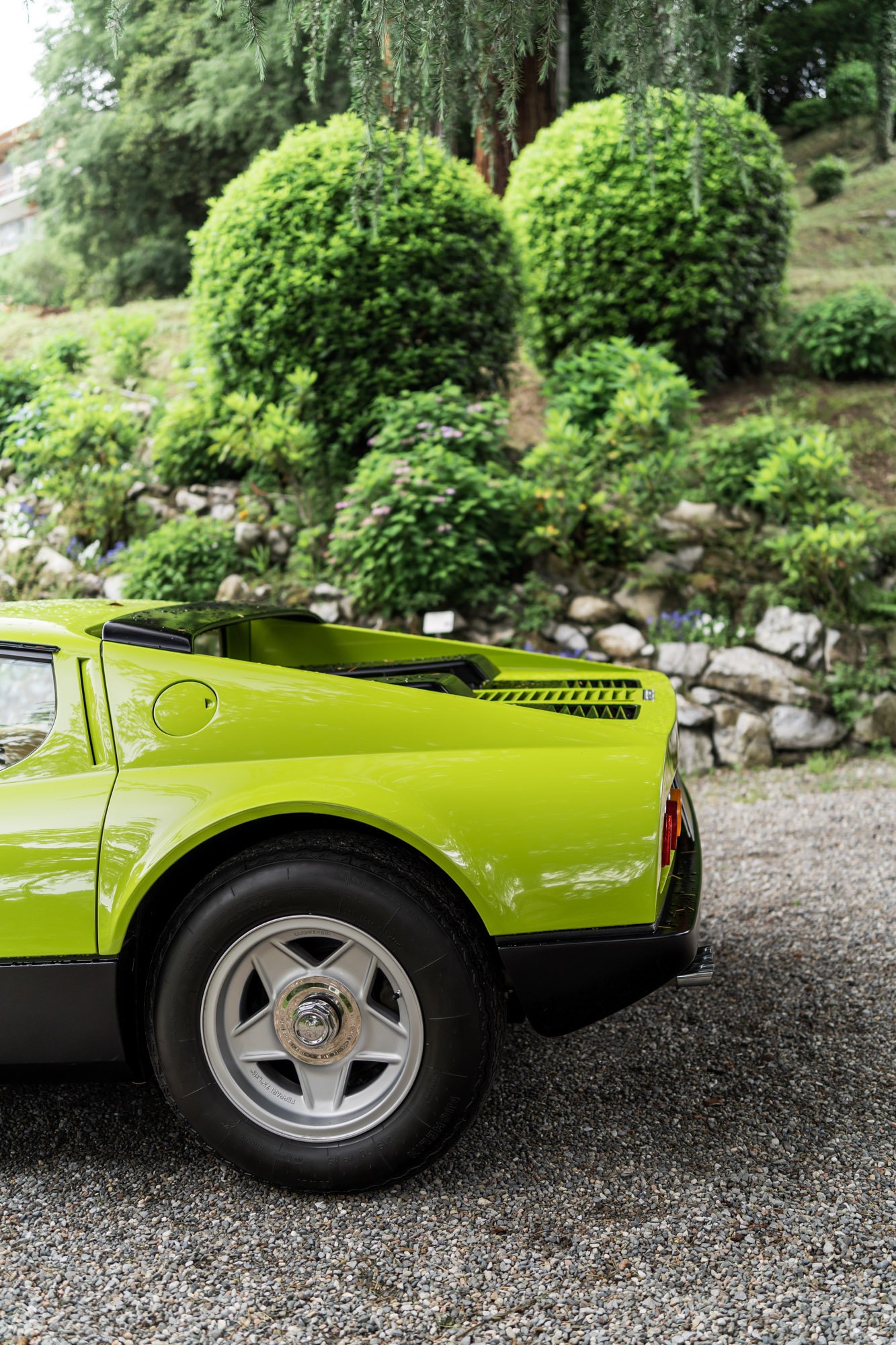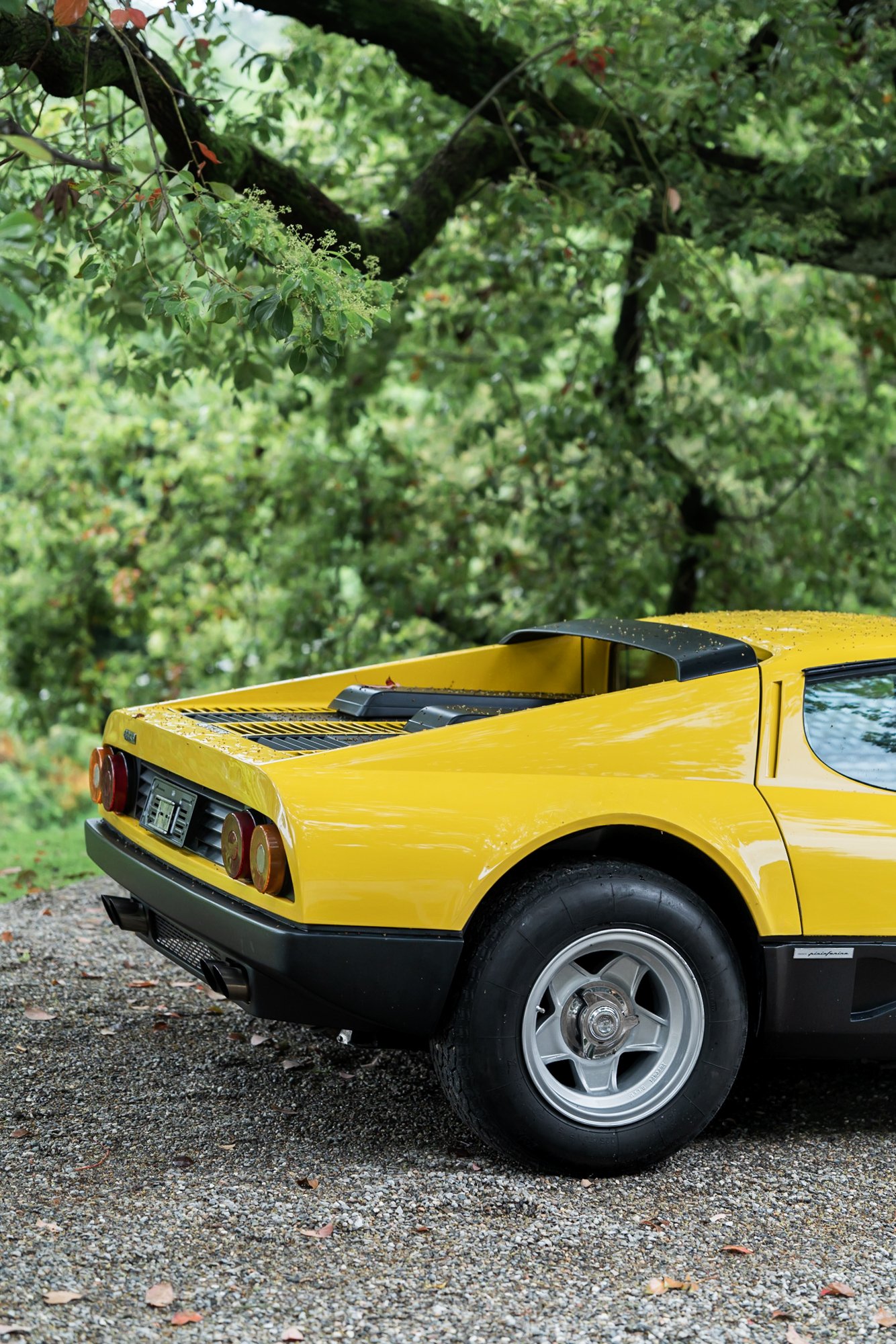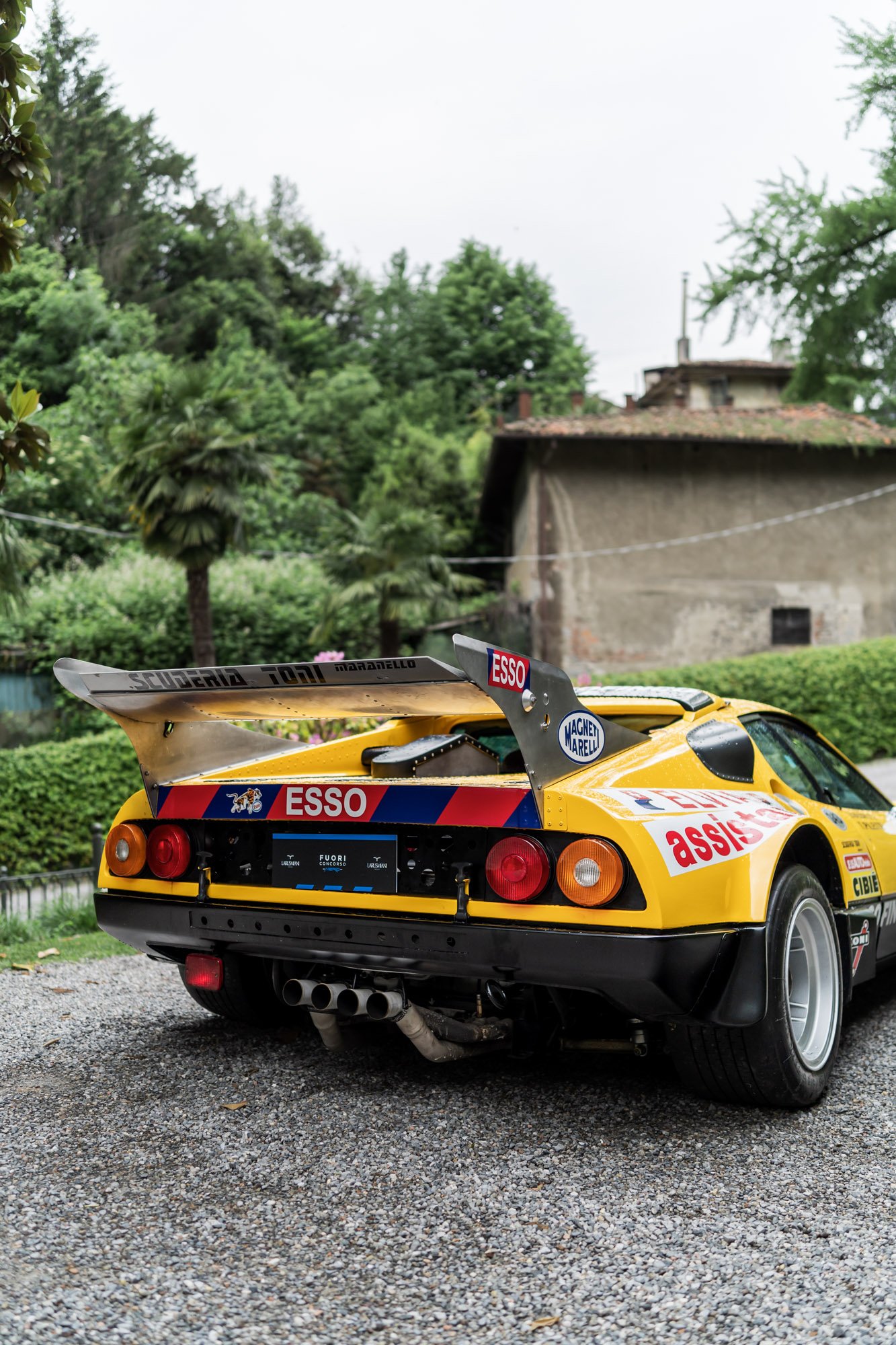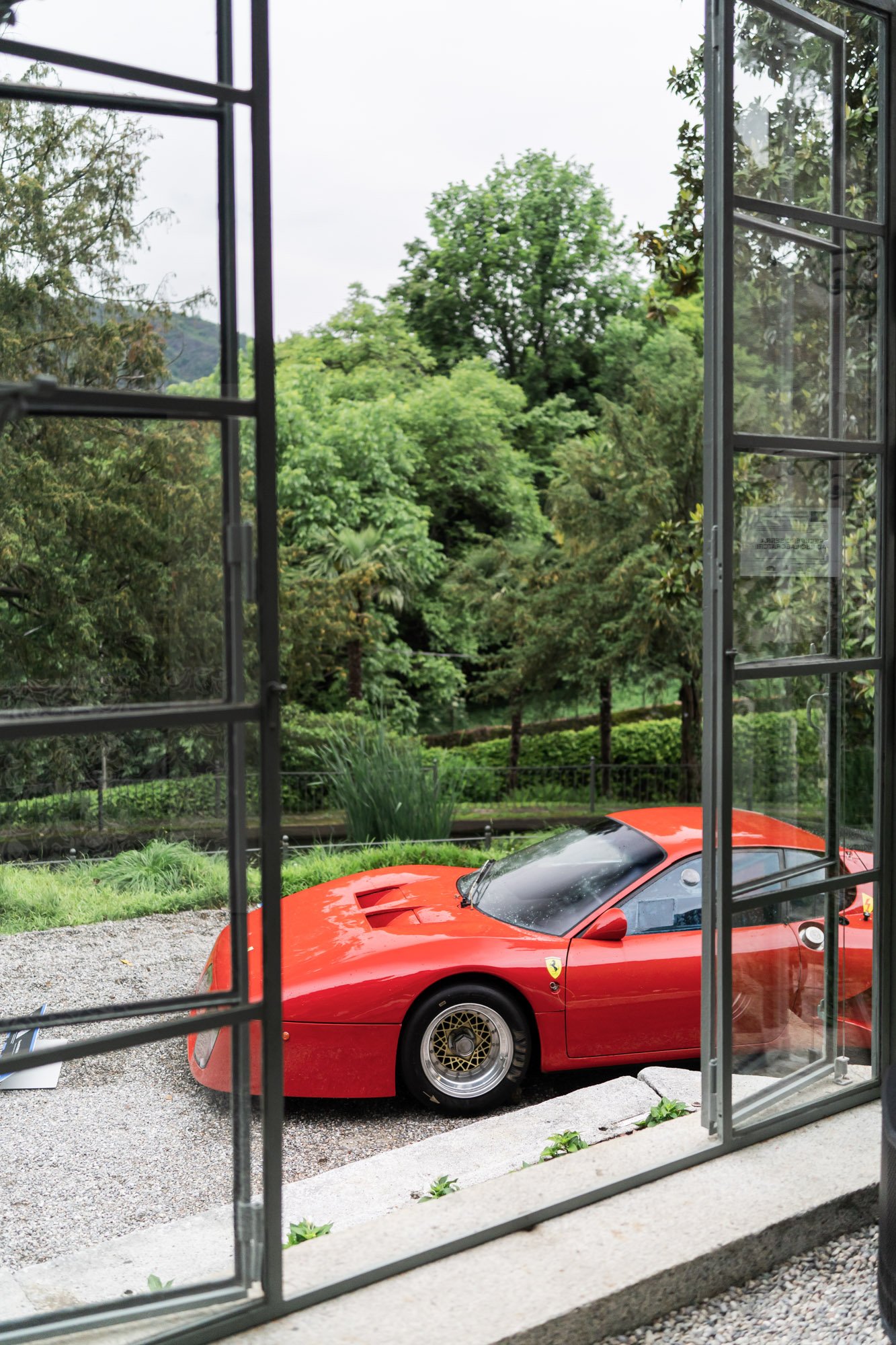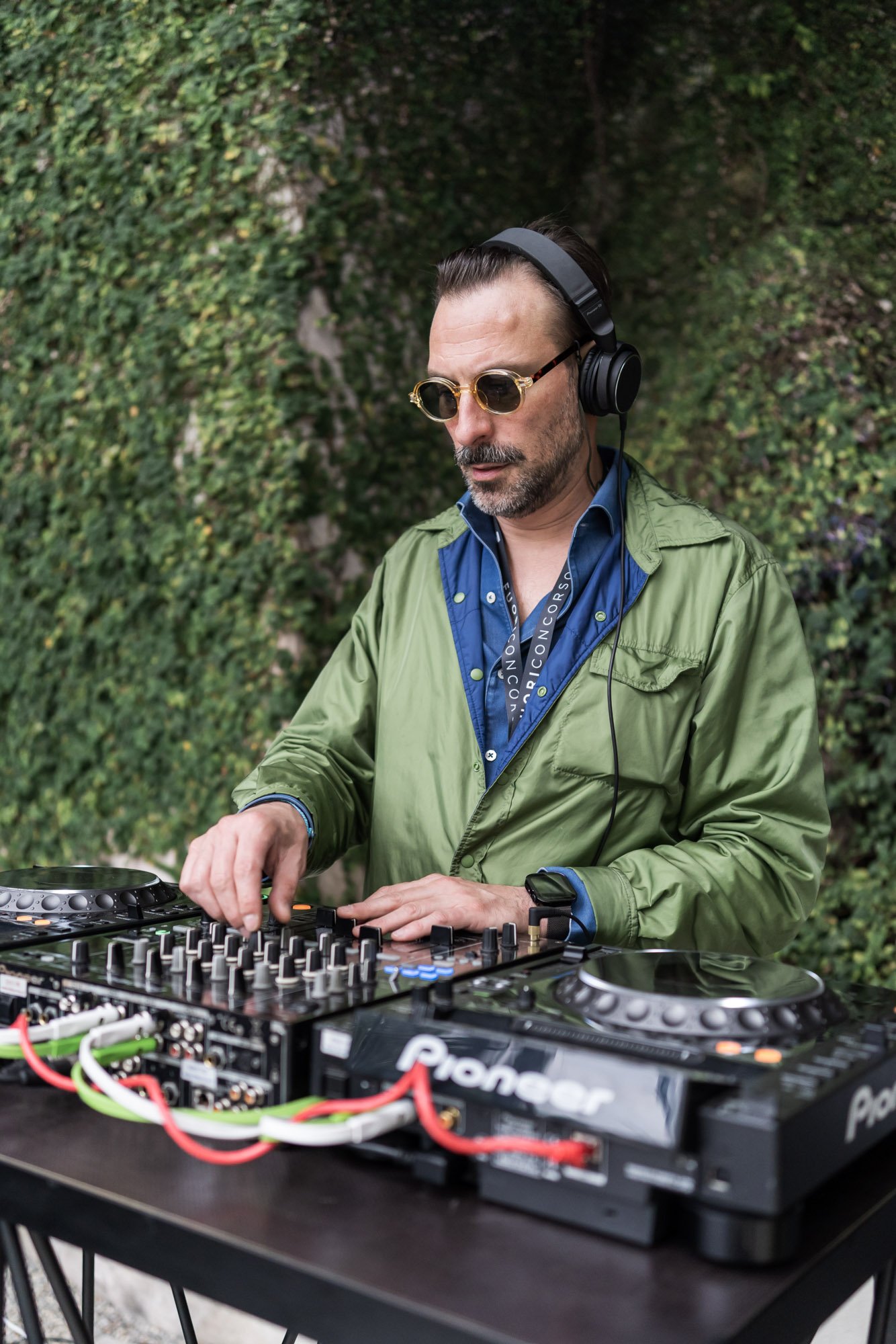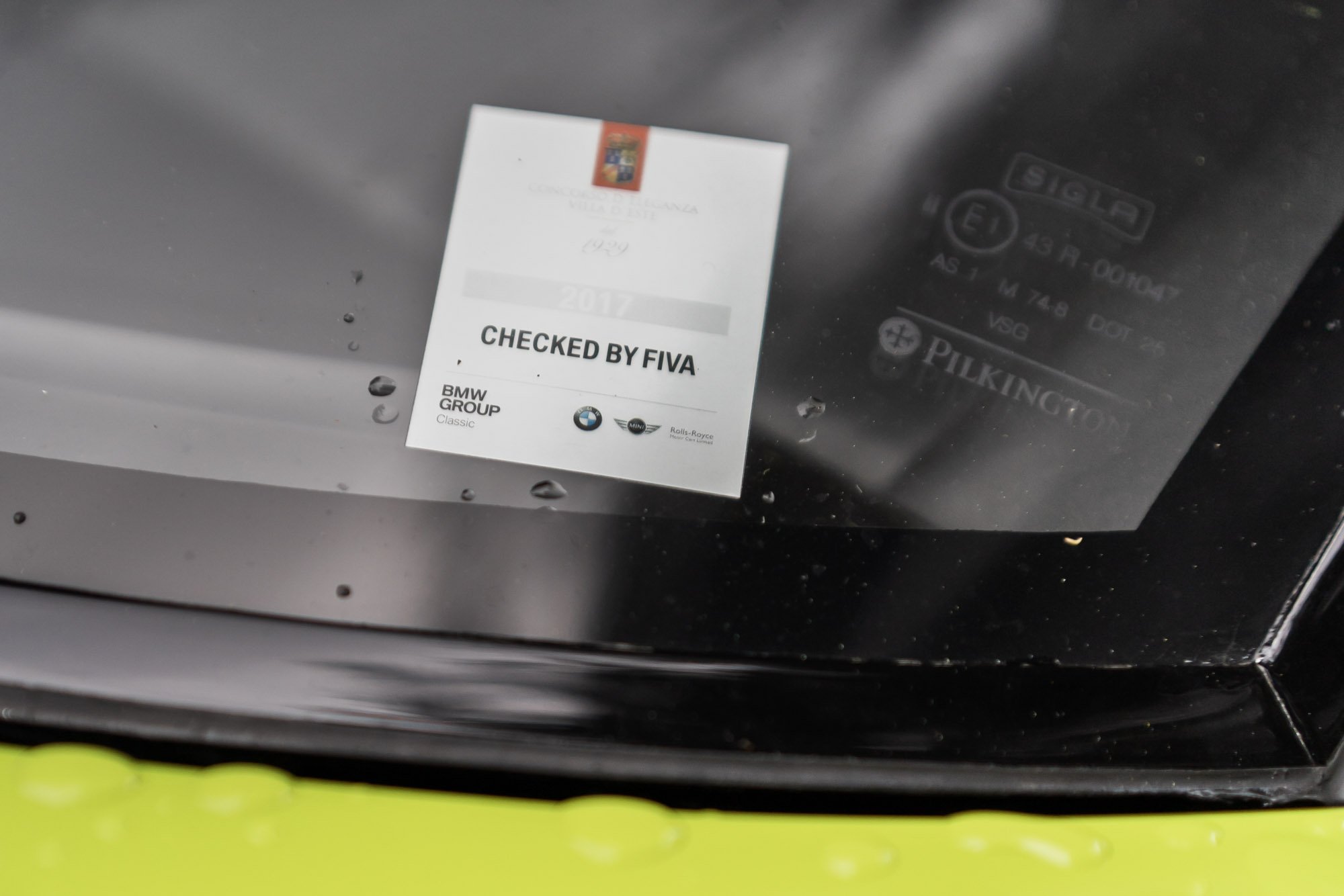Fuori Concorso 2023 – Berlinetta Boxers
50th ANNIVERSARY OF THE LEGENDARY SPORT CAR
The sports cars selection nowadays is pretty different than it was in the past. Countless flagship models offered both by large scale brands as well as small manufactures replaced a handful of dream cars. The pattern used to be simple – one iconic racer per marque at a time. I am way too young to remember the seventies, but the story goes that there were likely three cars an enthusiast would have on a poster at that time. Porsche 911 930 Turbo, Lamborghini Countach or… Ferrari Berlinetta Boxer.
Today, we will focus on the latter, as it has been in 1973 when the brand from Maranello offered the successor to the well-acclaimed 365 GTB/4 “Daytona” in form of very similar in designation yet very different in appearance 365 GT4 BB. Revolutionary in its design, the Berlinetta Boxer was drafted by the talented Leonardo Fioravanti and his team at Pininfarina as the first mid-engine road-going car with the Cavallino Rampante badge.
Thanks to Guglielmo Miani, owner of the luxury clothing brand Larusmiani and founder of the Fuori Concorso, this year every visitor could admire an amazing line-up of the famous Ferrari. Ready for a deep dive into this extraordinary vehicle? Let’s go!
EVOLUTION IN THREE ACTS
Berlinetta Boxer seems to have been off to an easy start. It took a very efficient two years of testing and minor improvements to convert the first prototype – heavily influenced by the Ferrari’s one-off P6 Berlinetta Speciale and unveiled in 1971 in Turin – into a production 365 GT4 BB presented in 1973 in Paris. Surprisingly, due to low demand due to the oil crisis, Ferrari planned the production run as only 25 units. Despite a rather a slow start, fortunately, clients became more interested in the flagship car purchasing a total of 387 cars.
Ferrari 365 GT4 BB in Verde Germoglio after parade Concorso d’Eleganza - Villa Erba 2017
Those who opted in on the 365 GT4 BB were lucky. The first Berlinetta Boxer was the rarest, the most powerful and the fastest of all the three evolutions of the model, claiming to be able to break the mystical 300km/h barrier by 2km/h. Personally it is my favourite and it can be distinguished by a bold design move of six taillights complemented by a matching number of exhausts. The first time I saw one was at Como in 2017 painted in striking Verde Germoglio and I was enamoured immediately. Coincidentally, the exact same car was presented six years later at Fuori Concorso. Two anniversaries in one!
Boldness of the owner who chose Verde Germoglio for his BB was otherworldly. The one and only example at the St. Moritz Pavillion.
Three years after the official premiere it was time for an upgrade. The Tipo F102A engine was bored out by additional half a litre, bringing the displacement to a total of almost five and consequently resurrecting the historic Ferrari racer’s name – 512. Nonetheless, the F102B engine delivered fewer horsepower, which at the same time were available at lower rpms through a flatter torque curve. Upgraded Berlinetta Boxer conformed to stricter environmental policies and was allegedly easier to handle. The car also featured some stylistic and functional changes. Enhancing the design, incredibly sleek NACA ducts were added behind each door to aid brake and exhaust cooling. On the downside, the triple taillights and exhausts needed to give way to “just” two pairs of each per side.
929 production units and five years later, in 1981 Berlinetta Boxer was ready for its last incarnation. Whilst the F110A engine displacement remained the same, the four triple-barrel 40 IF 3C Weber carburettors got replaced by Boch K-Jetronic fuel injection, adding the “i” to the 512 BB. Surprisingly the last 512 BBi was the least powerful and the slowest of the trio, capable of going either 288 or 257km/h… Quite a difference, dependent on whether you referred to the owner’s or workshop manuals. There were 1007 manufactured, ceasing the Berlinetta Boxer production in 1984 at a grand total number of 2323.
512 Berlinetta Boxer is stylistically the middle ground between the 365 GT4 BB and 512 BBi.
IT IS NOT A BOXER, IS IT?
The name Berlinetta Boxer stuck to the car and will live forever, but the Tipo F102A engine first put into the 365 GT4 BB is not a boxer in strict technical terms. Twelve cylinders are indeed flat, but they share the same crankshaft and opposing pistons move here in the same direction. Technically, the engine is a flat-twelve or a V12 with the V-angle of 180 degrees.
Mario Forgheri, who used to be Ferrari engine designer at the time of its creation keeps on correcting the name origins until this day. In a recent interview he explained that the intended meaning of the BB was Berlinetta Bialbero, meaning “dual camshaft” in Italian. Very plausible, yet so technical and uninspiring for such an exciting automobile.
Far more romantic was another origin fairytale of the BB acronym. The story told by Leonardo Fioravanti refers to Brigitte Bardot who, used as personification of exceptional beauty, became a nickname for the car in his conversations with Angelo Bellei and Sergio Scaglietti. The story had spread between factory workers as fast, as attractive Bardot was. It was then found inappropriate by Ferrari officials, who replaced it with the name as we know it today. What was the truth? We will never know.
RACING LEGACY
If a mid-engine, powerful and agile car sounds like a good racing base, that’s because it is. Despite the 365 GT4 BB had been immediately incorporated into American non-factory racing team NART, it was not until the second version when Ferrari itself started building a competition version of the car named 512 BB LM. Two series were built.
The first consisted of three cars, characterised by wider wheel arches and large rear wing created by repurposing Ferrari 312T2’s front wing. Additionally, two of the three were equipped with “long nose” bodywork, adding additional aero benefits. Unfortunately, none of these cars was reliable enough to complete the 24h Le Mans in 1978 – not even the 4th car built by Ecurie Francorchamps. This failure led to the final racing incarnation of the 512 BB LM.
Series 2 had little to do with the original car both stylistically and mechanically. The iconic design by Pininfarina was widened to an extreme and the pop-up headlights were replaced with front-fascia alternatives. Both the front and the rear were elongated and whilst the car lost its identity, it created another. The 512 BB LM S2 is by many remembered as one of the most famous Le Mans entrants. Notwithstanding countless improvements along its lifespan, the second series never reached for spectacular racing laurels, either. Across 1980-83 its best finishes can be summarised by 5th, 6th and 10th overall in Le Mans, winning its GTX class only in 1981.
LARUSMIANI PAYS TRIBUTE AT THE ST. MORITZ PALACE
Fuori Concorso visitors had a very unique and rewarding opportunity to experience the Berlinetta Boxer’s history on their own. Around the St. Moritz pavilion, amongst the very climatic garden of Villa del Grumello six BB specimen were proudly displayed to the sounds of DJ music. The selection can simply be described with one word – complete.
Starting with the very early models, there were two 365 GT4 BB sporting rather different looks but both rocking quite an interesting story. The first, more conventional on the outside in Rosso Chiaro was owned in the past by Niki Lauda. The second one, briefly aforementioned, is the only car that left the factory in quite popular at that time yellow-green called melodically Verde Germoglio. Funnily enough, the car has been repainted red in the past and was coincidentally found by the owner of a BB-specialised workshop in… a garage of his fiancée’s father. Ever since restored to original spec, this 365 forms the archetype of the Berlinetta Boxer for me.
Slightly less striking yet still an attention catcher was a 512 BB owned by Guglielmo Miani himself, painted in Giallo Fly. A very good example of a car used frequently on the roads of Milan, now colour matching the bright sun of the St. Moritz Pavilion. Last but not least, there was a silver 512 BBi with yet another interesting ownership story. As some of your might have supposed by the colour, this Berlinetta Boxer has been originally ordered by Italian senator and once the head of Fiat - late Gianni Agnelli.
If you thought that Fuori Concorso forgot about the racing versions, you could not have been more wrong. The very first car welcoming everyone to the exhibition was a yellow 512 BB Competizione, painted in the Le Mans livery of Ecurie Francorchamps. I simply loved how its livery contrasted with neighbouring bushes and flowers, underlining its aerodynamic curves. Few steps away stood the odd 512 BB LM S2 in plain red, redirecting viewers’ attention to the exposed engine and racing interior hidden behind the hazed plexiglass. Excursion complete!
FLAT TWELVE – OUT!
It has been an amazing opportunity to be able to celebrate Berlinetta Boxer’s 50th anniversary and investigate this iconic model’s evolution hands-on. Walking in-between the cars and comparing each iteration is an experience irreplaceable by any online substitutes.
For those who missed the chance but are knowledge savvy, Fuori Concorso together with Classic Driver prepared a special album available online through Larusmiani’s store. Once again, Guglielmo and his team proved how thoughtful and creative they are. Complimenti! Flat-twelve… out!
Text & Photos: Adam Pekala ©




